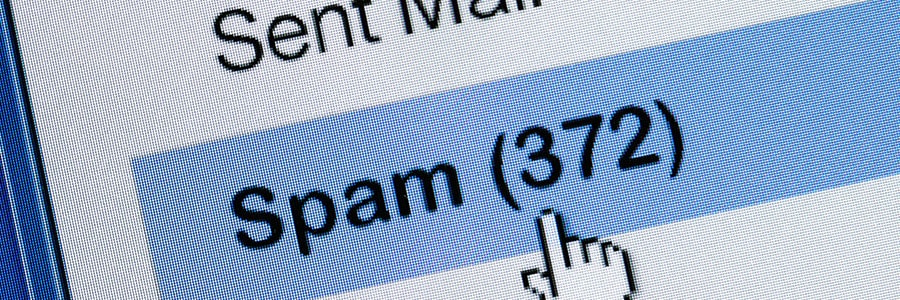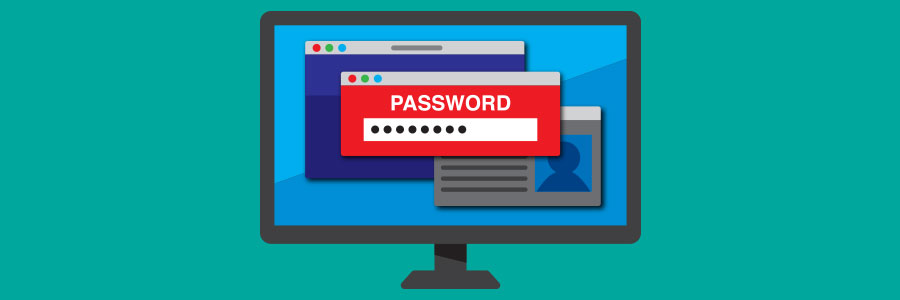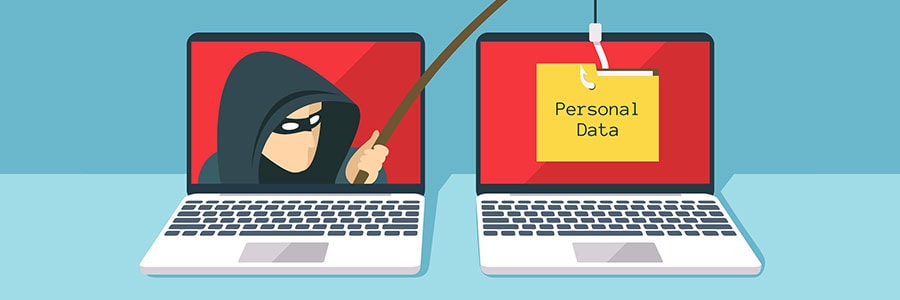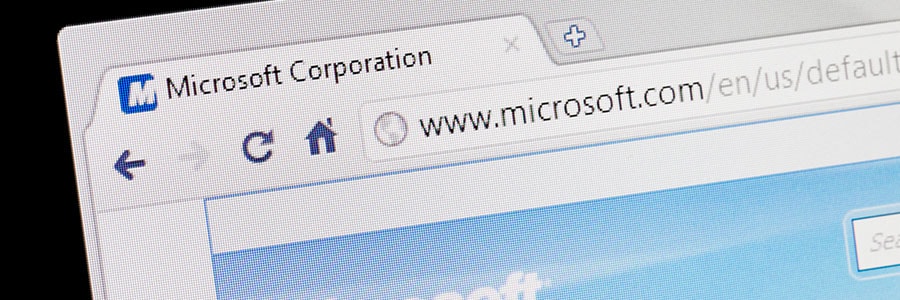Cybercriminals are fairly experienced at avoiding detection. By the time you notice they’ve infected your computer with malware or hijacked your account, serious damage has most likely already been done. To make matters worse, they have another way to hide their illegal activities, and it involves sending thousands of spam emails.
Beware of the Meltdown and Spectre patches
The risks of auto-complete passwords
Are the encrypted sites you visit safe?

You can easily tell whether a website is encrypted, and therefore safe, if a padlock icon appears next to its URL and if it starts with HTTPS (instead of just HTTP). Unfortunately, hackers now use the very same tool that’s supposed to protect browsers from malicious entities via encrypted phishing sites.
What you need to know about VPNs
Google weighs in on account hijacking
Watch out for the huge KRACK in WiFi security!

A fundamental flaw with WiFi networks has recently been discovered by two security researchers. According to their reports, the KRACK vulnerability renders advanced encryption protocols useless and affects nearly every wireless device. Read on to find out more about KRACK hacks and how you can defend against them.
Secure your passwords now
Equifax’s Leak: lessons learned

No business owner wants their customers’ data leaked, but no matter how well your prevention plan is, the unexpected can happen. And when it does, what will determine the fate of your business is how well you respond to it. So before you start planning an incident response, read the following story and recite this: Don’t walk in the footsteps of Equifax.







